|
|
ASTROPHOTOGRAPHY WITH THE NIKON D70 DIGITAL SLR CAMERA
Last updated: 17 May 2005 |
|
|
Prime Focus Astrophotography
Using the Scopetronix T-Adapter and T-Ring for the D70 I did some prime focus astrophotography through each of my telescopes. You can use these to determine what your results might be depending upon what telescope you have. Here is the set up on the night of 14 May 2005. From left to right: LXD55-8"SC w/UHTC, ETX-125AT, ETX-105PE w/UHTC, ETX-90RA, ETX-70AT.

All of the following test photographs were taken using an ISO 200 setting and the wireless remote to trip the shutter for the exposure. Exposure length and whether a 2X Barlow Lens was used is noted for each photograph. Image size was set at 1504 × 1000 with the quality set at JPEG Fine. Noise Reduction (NR) was enabled. Images have been edited (levels and sharpening, as needed), their image size reduced and JPEG compression applied. The "hat trick" method was not used for any exposures so vibrations due to DSLR mirror flipping may be evident.
Moon
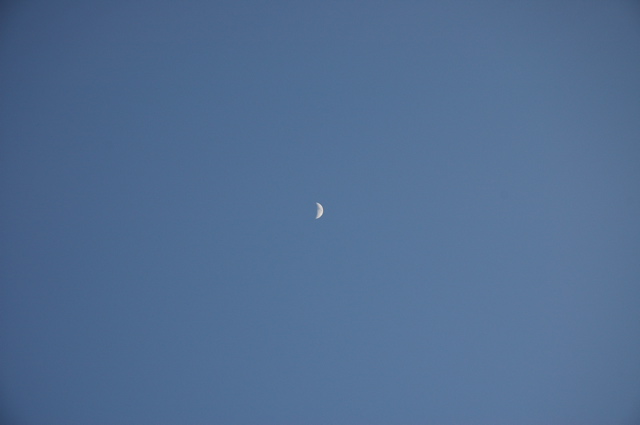
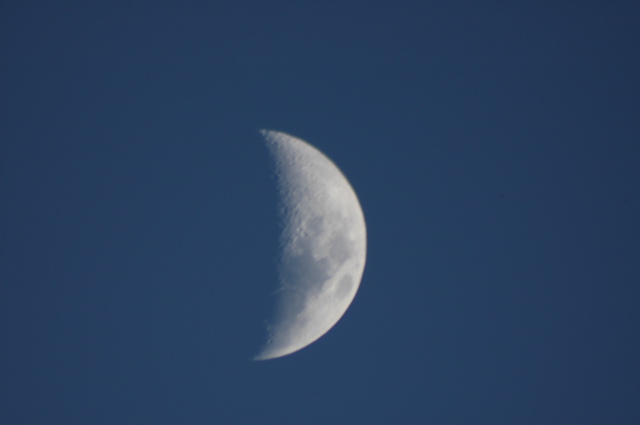

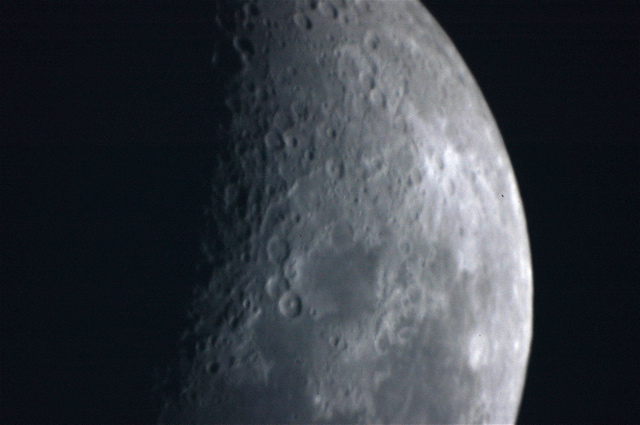

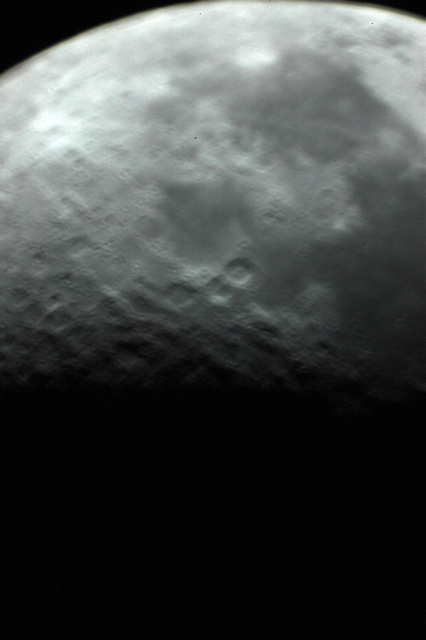
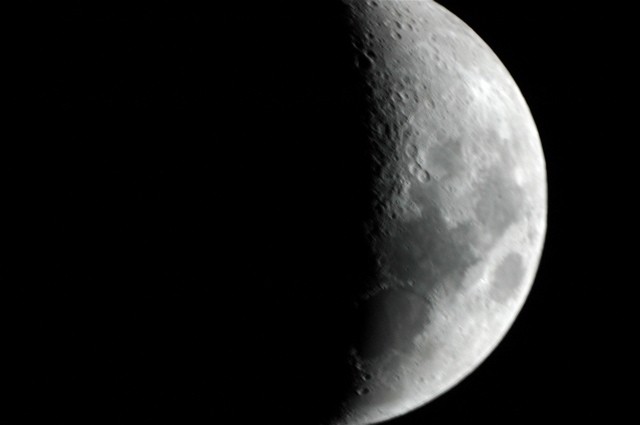
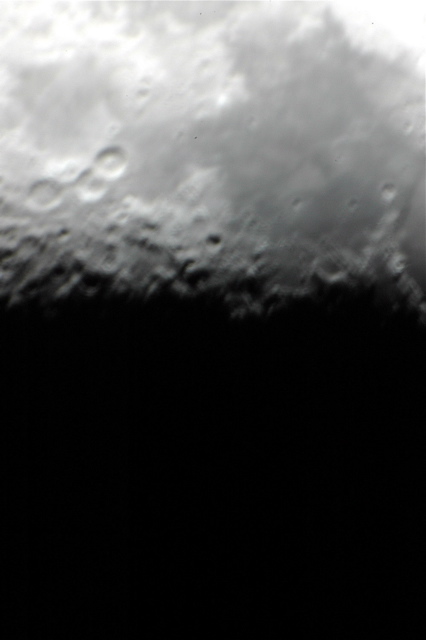
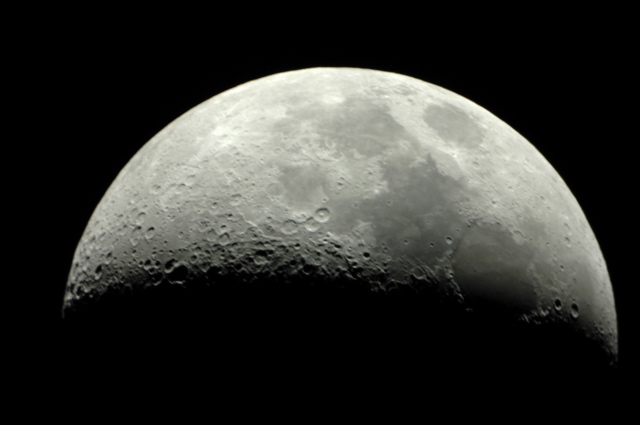
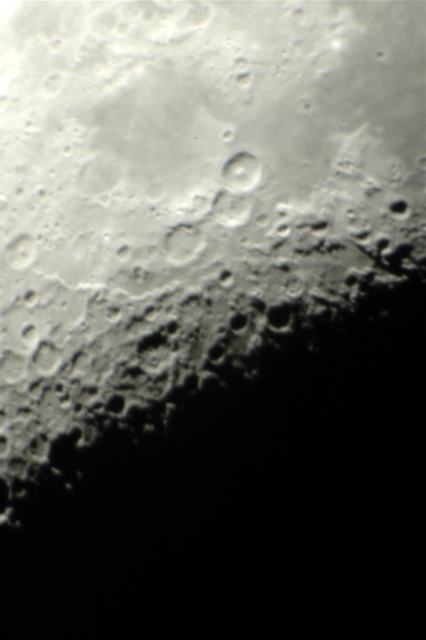
Saturn
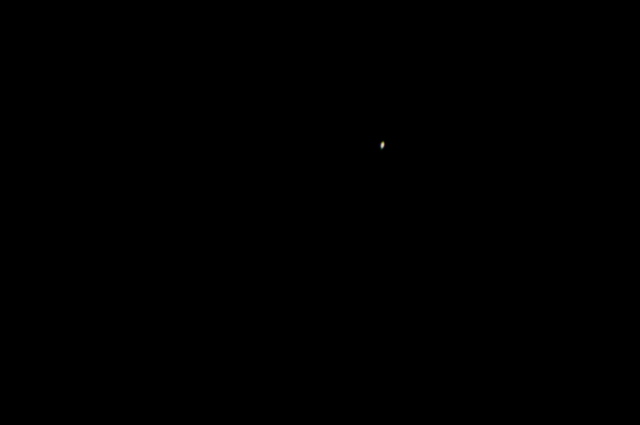
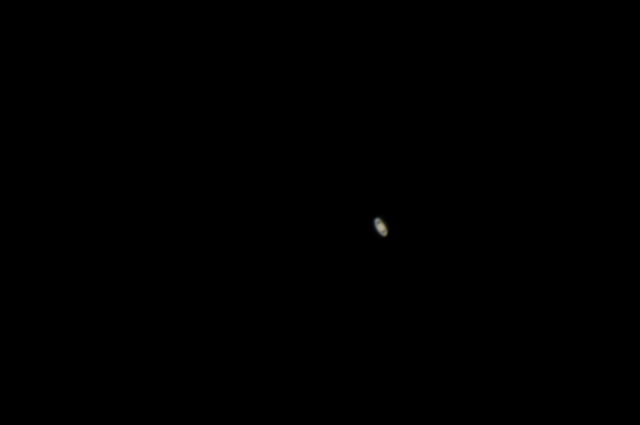
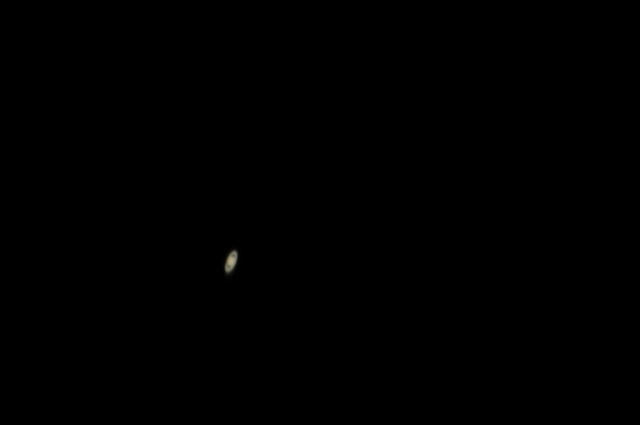
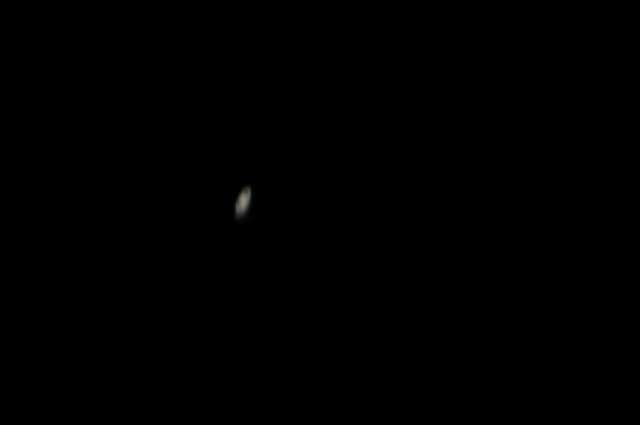
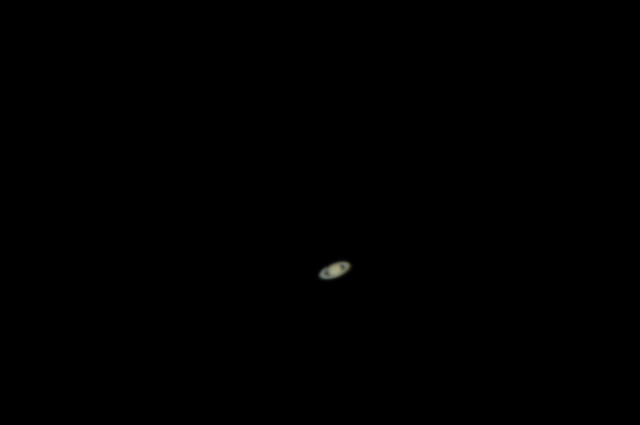
Jupiter

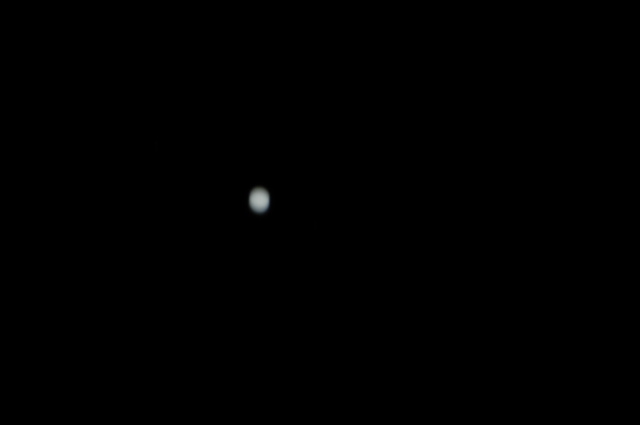
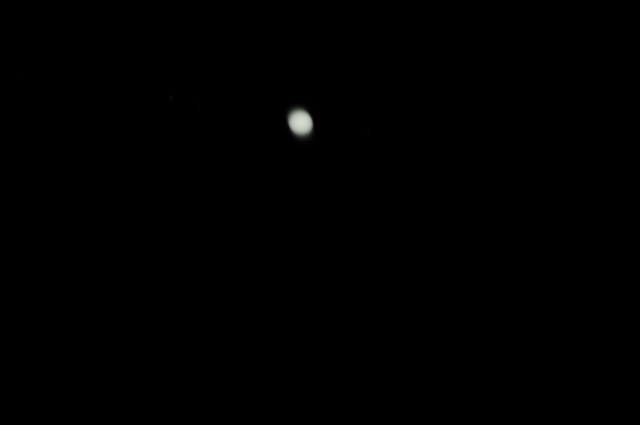

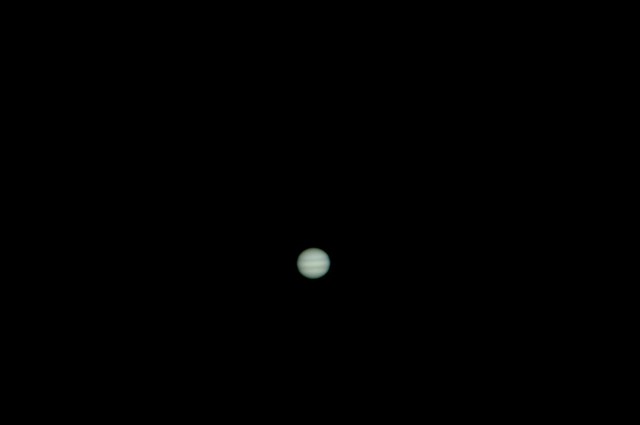
Five things are evident from the above:
1. Need to turn off the automatic orientation detection in the D70.
2. Need to use a higher ISO setting and/or the "hat trick" method of covering the telescope aperture, opening the camera shutter, flipping the cover out of the light path for the duration of the exposure and the back, and then close the shutter. Otherwise vibration due to the mirror flipping is a problem, especially on the ETX models.
3. Focusing is difficult, especially with small aperture telescopes or high magnification. Using a "Hartmann Mask" would help.
4. Use of a higher resolution (the D70 can go up to 3008 × 2000) will allow cropping to increase the effective image scale.
5. For planetary photography the use of short exposures and stacking would help tremendously. I'll be working on that soon.
Watch for future updates. I will be doing more astrophotography with the D70.
Return to the top of this page.
Go back to the Astrophotography Page.
Go back to my ETX Home Page.